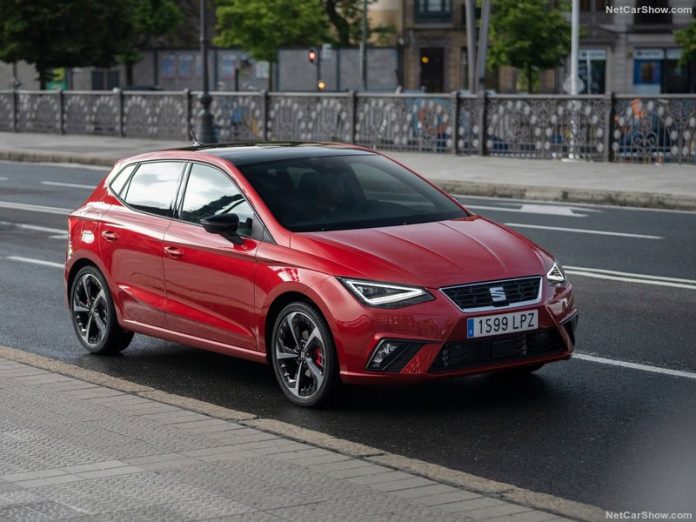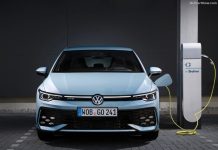German Cars Market had a slightly increasing start in 2024. March sales at 262,834 reported a slight setback (-6.1%). Despite this, Seat managed to make up 5 positions ranking in 7th, marking the biggest increase in the top 10 (+54.9%).
Market Trend and Outlook
The German auto market in March 2024 registered a total of 262,834 new sales (-6.1%), putting an end to the momentum gained in the last two months. YTD sales at 691,902 (+4.3%).
Looking at cumulative data from March 2024 brand-wise, Volkswagen sold the most cars at 130,089 (+2.8%), followed by Mercedes at 63,099 (-11.4%) in front of BMW -up 1 spot- at 53,549 (+13.2%) and Skoda -up 1 spot- with 48,856 sales (+12.2%).
Audi loses 2 spots and ranks in 5th position with 46,913 sales (-22.8%), followed by Opel at 37,160 sales (+22.7%), Seat -up 5 spots- at 26,036 (+54.9%) and Ford -down 1 spot- with 25,680 new registrations (-10.2%)
Hyundai lost 1 spot and ranked in 9th position with 22,690 sales (+11.%), followed by Toyota closing the top 10 with 21,968 new registrations (+15.6%).
Looking at specific models the Volkswagen Golf is still the best seller while growing 51.3% in year-on-year sales, followed by the Volkswagen Tiguan up a mere 0.1% from the previous year.
Medium-Term Market Trend
The German car market is the largest in Europe and has had many ups and downs in the past decade. Starting from 2010 to 2013 the German market remained between 2.6 million ant 2.8 million, with year-on-year variations not exceeding 7% in both directions. In 2014 started a 4 year uptrend that brought all-time highs for 3 years in a row, reaching a maximum in 2017 at 3.51 million. Between 2018 and 2019 the market grew even higher reaching the 3.6 million mark in 2019.
The arrival of the pandemic in 2020 caused big problems in European economies and the German car market felt the consequences, falling 19% back under the 3 million level.
After the pandemic the downtrend continued, with the market falling 10% in 2021 and staying relatively flat in 2022 (+1.0%). A combination of factors were behind the industry struggle: the disruption in the global supply chain caused by a lack of raw materials, in particular for the production of microchips and Governments push towards Evs, an expensive alternative for low income consumers. This unfavorable economic environment continued throughout 2023 even though in 2023 sales increased at 2.83 million (+7.4%),
Tables with sales figures
In the tables below we report sales for all Brands, top 10 Manufacturers Group and top 10 Models.











